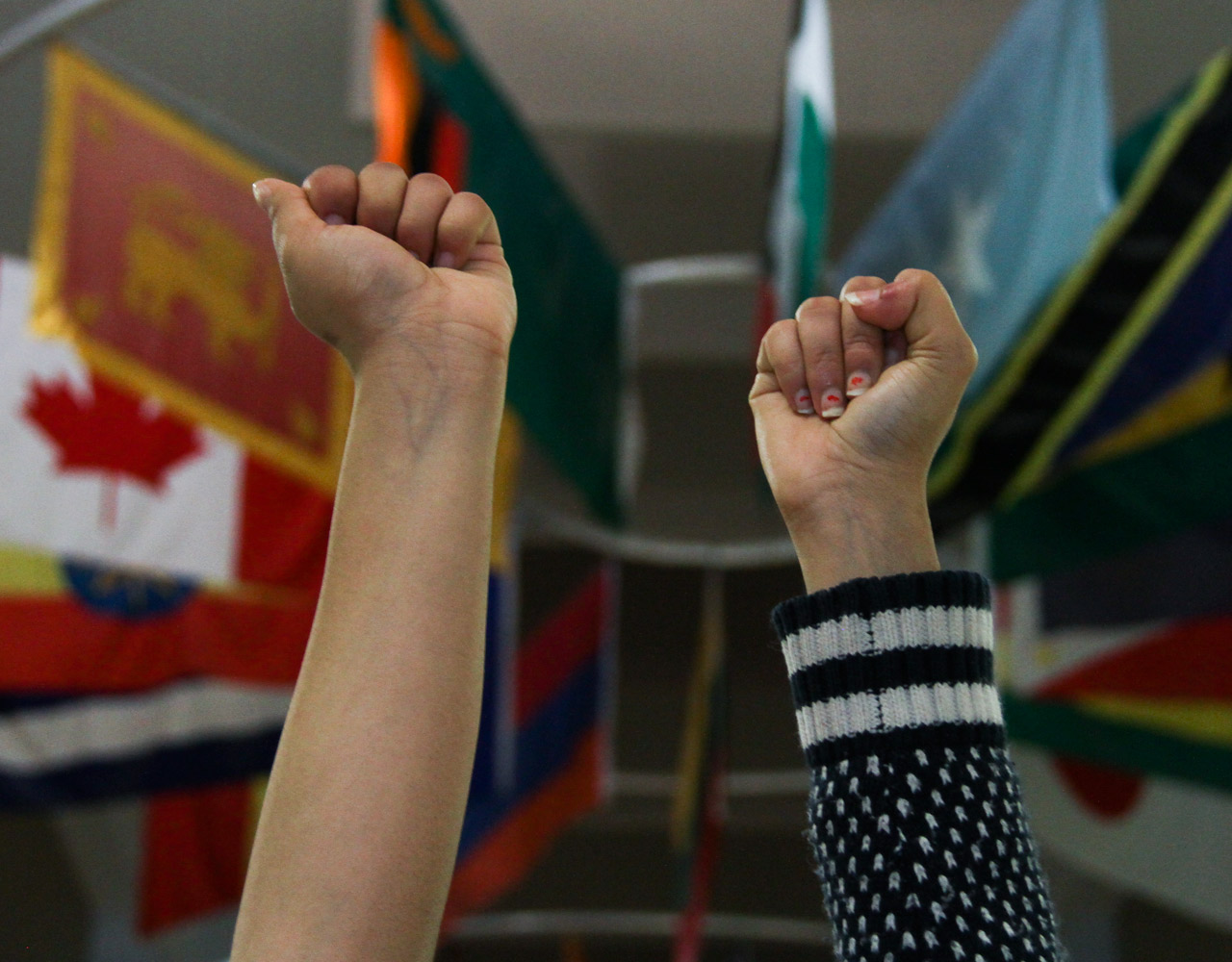Dalhousie University has announced it will be restricting its search for its next vice-provost (student affairs) to a racially visible and/or Indigenous candidate, according to an emailed statement from a senior communications advisor at the university.
“We are limiting our search to candidates who are racialized and Indigenous in the first instance because we know that we have gaps in representation from those communities in our senior ranks at Dalhousie,” said Janet Bryson, senior communications advisor at Dalhousie.
The university’s search began after current vice-provost Arig Al Shaibah, announced she would be leaving the university at the end of March.
Most recently, Al Shaibah initiated disciplinary action against Masuma Khan, the Dalhousie Student Union’s vice-president (academic and external), following online comments criticizing the university’s involvement in Canada 150 celebrations.
Bryson said that the university is putting this restriction in place in order to better comply with their employment equity policy and to diversify their workplace.
The university’s employment equity policy states, “[Dalhousie] wishes to institute active measures to eliminate discrimination and to reverse the historic under-representation of Indigenous Peoples, members of racialized minority groups, persons with disabilities, women and persons belonging to sexual orientation and/or gender identity minority groups within its workplace.”
In 2016 Statistics Canada census figures show that visible minorities made up just over 21 per cent of the country’s total employed workforce.
The Employment Equity Report 2016 from Dalhousie found the percentage of racially visible employees at the university was about 11 per cent.
On the other hand, visible minority senior managers at Dalhousie represented 2.5 per cent of employees which is characterized as a “slight under-representation,” according to the report.
The report “reinforces the university’s commitment to compliance with the Federal Contractors Program (FCP), which requires employers with at least 100 employees who do business of $1 million or more with the federal government, to achieve and maintain a workforce that is reflective of the labour market for the four designated groups: racially visible persons, aboriginal persons, persons with a disability and women, outlined in the Federal Employment Equity Act,” according to the university’s website.
Bryson said closing gaps such as these is important, particularly for senior level positions.
“We are looking for excellent candidates who fulfill all of the requirements of the position . . . as in all of our searches we are also looking for candidates who demonstrate competency in the areas of respect and inclusion,” she said.
But, at least one student is critical of this decision.
Rowan Currie, an Indigenous student at Dalhousie, said the restriction is a step in the right direction, but is wary about other aspects of the restriction.
“It seems a little like if the vice-provost is a person of colour, then it is probably more likely for the president to be white,” Currie said.
Currie said the university’s attempt to reverse the historic under-representation of minorities could have been more proactive had they went about it in a different way.
“Reserving the vice-provost for a person of colour is still putting them second, even though its disguised as them doing something good,” Currie said.
Photo by Meagan Casalino




